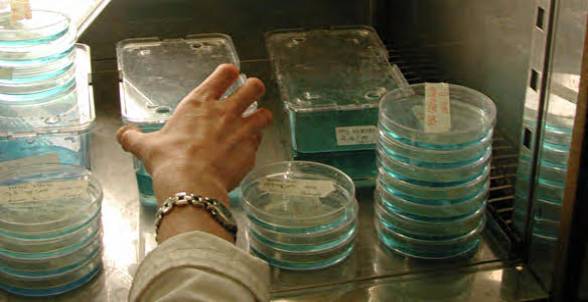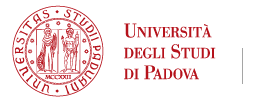
New publication
Pubblicato il: 09.09.2021 16:48
Y705 and S727 are required for the mitochondrial import and transcriptional activities of STAT3, and for regulation of stem cell proliferation
Margherita Peron, Alberto Dinarello, Giacomo Meneghetti, Laura Martorano, Riccardo M. Betto, Nicola Facchinello, Annachiara Tesoriere, Natascia Tiso, Graziano Martello, Francesco Argenton
STAT3 is an important transcription factor whose activity regulates the expression of genes involved in cell proliferation and in maintaining the pluripotency of embryonic stem cells. The action of STAT3 is not limited to the regulation of nuclear targets: recent literature has in fact demonstrated the presence of STAT3 also in mitochondria (mtSTAT3). In our work we sought to better characterize the mitochondrial function of STAT3 using zebrafish as an in vivo model. Taking into account the biological function of STAT3, and in particular its role in maintaining cellular stemness, we analyzed the mitochondrial function of the protein in stem cell niches of zebrafish embryos. Our studies have made it possible to identify the involvement of mtSTAT3 in the transcription of the mitochondrial genome - according to mechanisms independent of the canonical bond with DNA at the level of the known responsive sequences - and to evaluate the impact of this regulatory mechanism on cell proliferation. Our results also highlighted the role of post-translational modifications in the regulation of the mitochondrial activity of STAT3: in detail we identified how phosphorylation of residue Y705 is necessary for entry into the organelle, while phosphorylation in residue S727 results involved in the activity of the protein within the organelle. Similar results were also obtained in mouse embryonic stem cells, confirming our hypotheses.
STAT3 è un importante fattore di trascrizione la cui attività regola l’espressione di geni coinvolti nella proliferazione cellulare e nel mantenimento della pluripotenza delle cellule staminali embrionali. L’azione di STAT3 non si limita soltanto alla regolazione di target nucleari: la letteratura recente ha infatti dimostrato la presenza di STAT3 anche nei mitocondri (mtSTAT3). Nel nostro lavoro abbiamo cercato di caratterizzare meglio la funzione mitocondriale di STAT3 utilizzando lo zebrafish come modello in vivo. Tenuto conto della funzione biologica di STAT3, ed in particolare nel suo ruolo rispetto al mantenimento della staminalitá, abbiamo analizzato la funzione mitocondriale della proteina nelle nicchie di cellule staminali presenti negli embrioni di zebrafish. I nostri studi hanno permesso di identificare il coinvolgimento di mtSTAT3 nella trascrizione del genoma mitocondriale -secondo meccanismi indipendenti dal canonico legame con il DNA a livello delle note sequenze responsive- e di valutare l’impatto di tale meccanismo regolatorio sulla proliferazione cellulare. I nostri risultati hanno inoltre messo in evidenza in ruolo delle modificazioni post traduzionali nella regolazione dell’attività mitocondriale di STAT3: in dettaglio abbiamo identificato come la fosforilazione del residuo Y705 sia necessaria per l’ingresso nell’organello, mentre la fosforilazione nel residuo S727 risulti coinvolta nell’attività della proteina all’interno dell’organello. Risultati analoghi sono stati ottenuti anche in cellule staminali embrionali di topo, confermando le nostre ipotesi.






